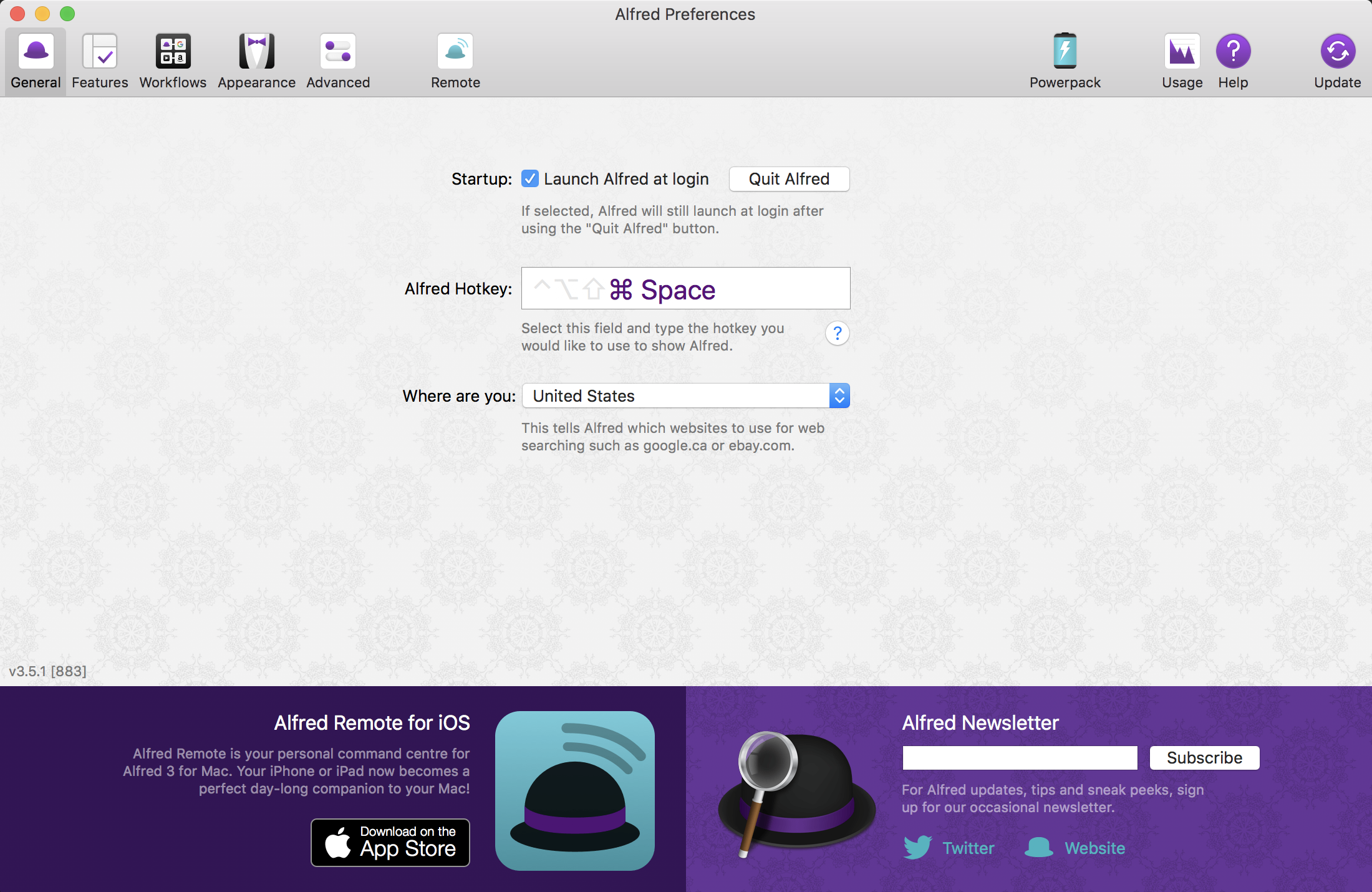Mac OS X comes with Python 2.7 out of the box.
Brew Python3-tk
See full list on opensource.com. Nov 29, 2020 brew link -overwrite -dry-run python3 but you have to copy/paste the command to force the link which is: brew link -overwrite python3 I think that you must have the version (the newer) installed. Python has been installed as $(brew -prefix)/bin/python3 Unversioned symlinks `python`, `python-config`, `pip` etc. Pointing to `python3`, `python3-config`, `pip3` etc., respectively, have been installed into. $ brew install python. If there are problems related to the pip usage we may need to relink the python with the following command. $ brew unlink python && brew link python Check and Display Pip Version. We can check installed pip version with the -V or -version option like below. $ pip -V $ pip3 -V.
You do not need to install or configure anything else to use Python 2. Theseinstructions document the installation of Python 3.
The version of Python that ships with OS X is great for learning, but it’s notgood for development. The version shipped with OS X may be out of date from theofficial current Python release,which is considered the stable production version.
Doing it Right¶
Let’s install a real version of Python.
Before installing Python, you’ll need to install GCC. GCC can be obtainedby downloading Xcode, the smallerCommand Line Tools (must have anApple account) or the even smaller OSX-GCC-Installerpackage.
Python3 Brew Path
Note
If you already have Xcode installed, do not install OSX-GCC-Installer.In combination, the software can cause issues that are difficult todiagnose.
Note
If you perform a fresh install of Xcode, you will also need to add thecommandline tools by running xcode-select--install on the terminal.
While OS X comes with a large number of Unix utilities, those familiar withLinux systems will notice one key component missing: a package manager.Homebrew fills this void.
To install Homebrew, open Terminal oryour favorite OS X terminal emulator and run
The script will explain what changes it will make and prompt you before theinstallation begins.Once you’ve installed Homebrew, insert the Homebrew directory at the topof your PATH environment variable. You can do this by adding the followingline at the bottom of your ~/.profile file
If you have OS X 10.12 (Sierra) or older use this line instead
Python3 Brew Table
Now, we can install Python 3:
This will take a minute or two.
Pip¶
Homebrew installs pip pointing to the Homebrew’d Python 3 for you.
Working with Python 3¶
At this point, you have the system Python 2.7 available, potentially theHomebrew version of Python 2 installed, and the Homebrewversion of Python 3 as well.
will launch the Homebrew-installed Python 3 interpreter.

will launch the Homebrew-installed Python 2 interpreter (if any).
will launch the Homebrew-installed Python 3 interpreter.
If the Homebrew version of Python 2 is installed then pip2 will point to Python 2.If the Homebrew version of Python 3 is installed then pip will point to Python 3.
The rest of the guide will assume that python references Python 3.
Pipenv & Virtual Environments¶
The next step is to install Pipenv, so you can install dependencies and manage virtual environments.
A Virtual Environment is a tool to keep the dependencies required by different projectsin separate places, by creating virtual Python environments for them. It solves the“Project X depends on version 1.x but, Project Y needs 4.x” dilemma, and keepsyour global site-packages directory clean and manageable.
For example, you can work on a project which requires Django 1.10 while alsomaintaining a project which requires Django 1.8.
Brew Python3-dev
So, onward! To the Pipenv & Virtual Environments docs!
This page is a remixed version of another guide,which is available under the same license.
tldr; install brew; brew install python
Homebrew is a great installer for Mac and its main job is to make it easier to install packages.
Step 1: Download Homebrew here

'brew' hosts its package information here as “formulae“.
Python 3 Brewster
Step 2: Use brew to install the latest version of Python
$ brew install python --verbose
Now you can run python3 in your terminal
> python3
More details: So what happens when I run brew install?
When you run the command, brew will look for the package in the “formulae” list and run the installation script for the package.
Brew installs *all* packages into its own directory on your computer at /usr/local/Cellar .
Take a look with $ ls /usr/local/Cellar.
After installation, brew creates a symlink which is basically a shortcut that will allow your system to run the new command > python3.
